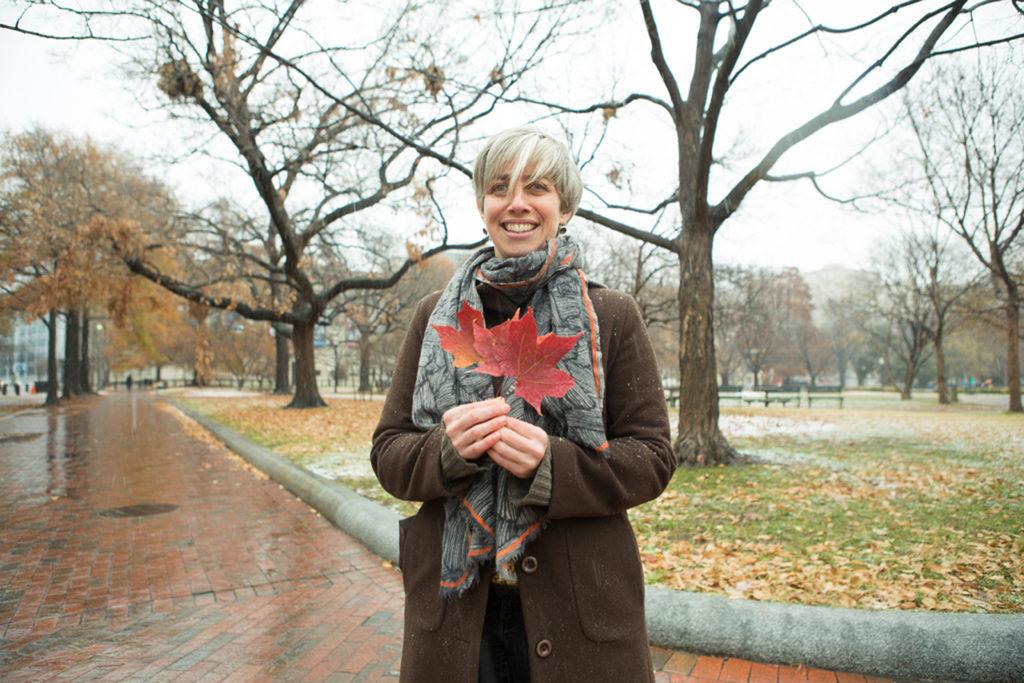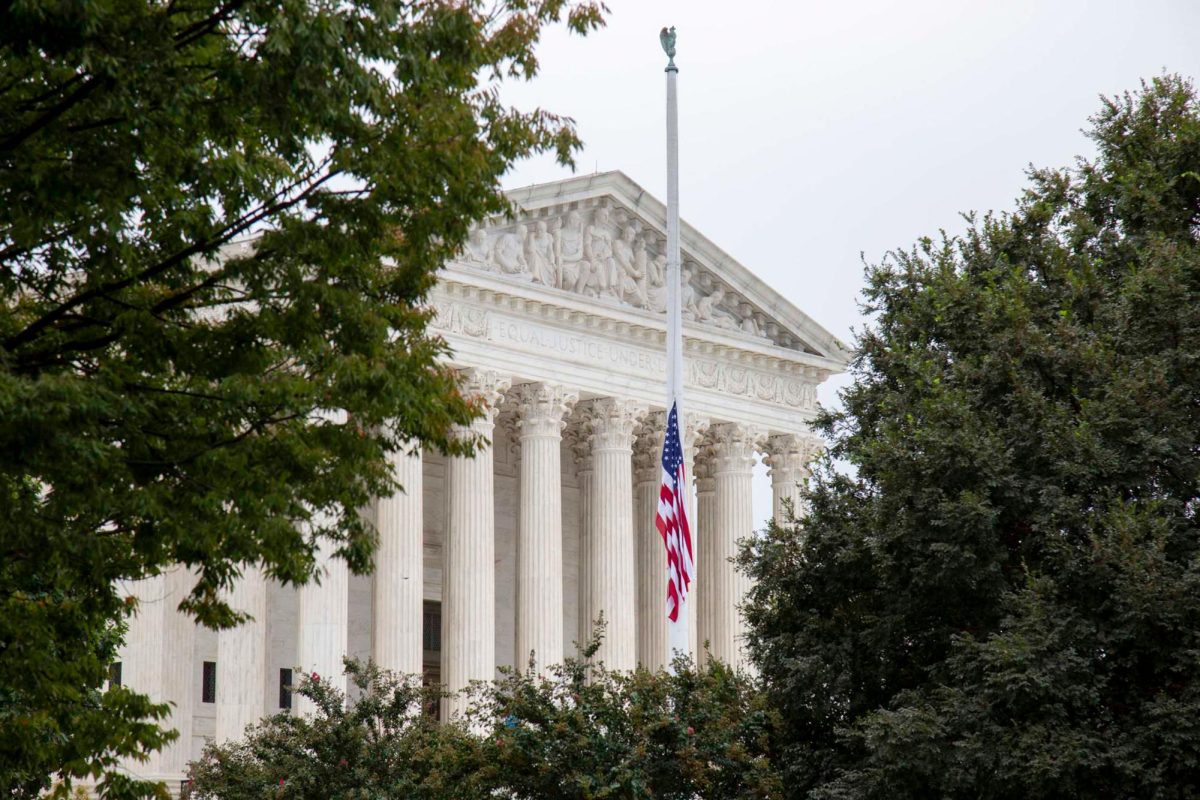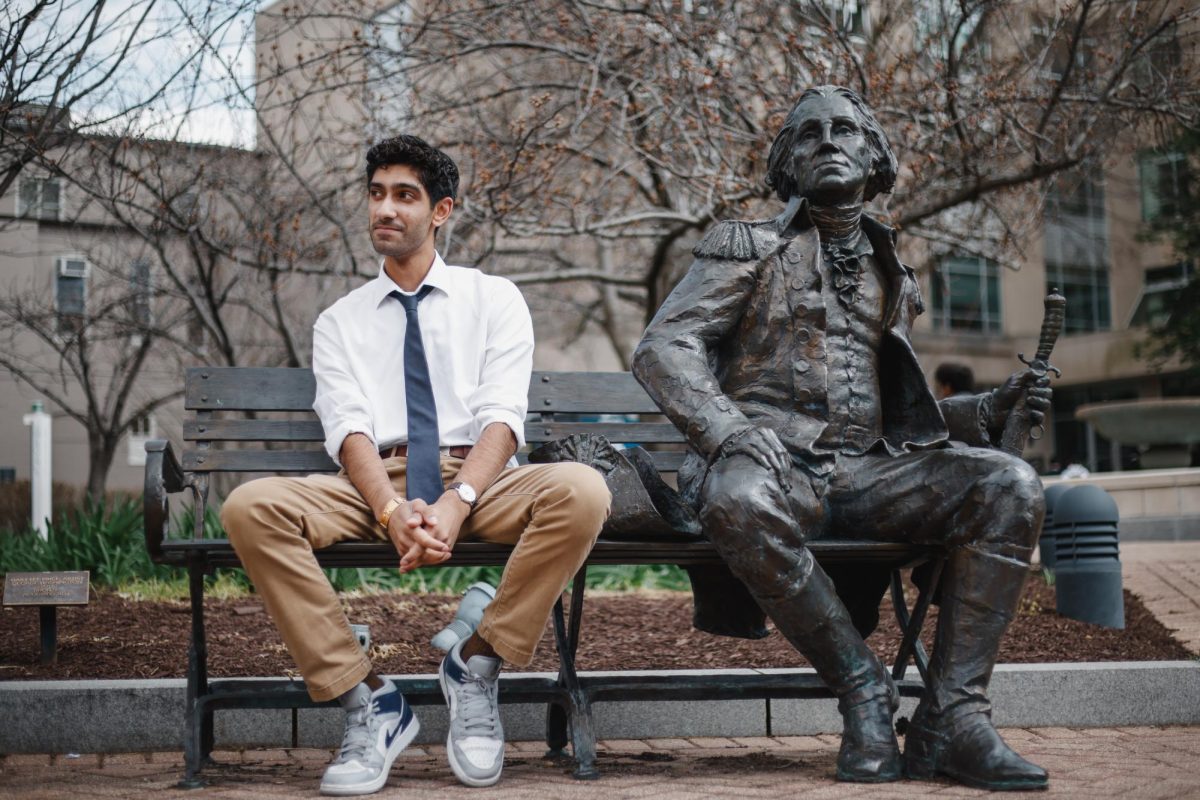A biology professor was among the first group of international researchers to conduct a comprehensive evaluation of the United Nations’ next set of biodiversity targets.
Amy Zanne, an associate professor of biology, co-authored an article late last month with 60 other international scientists calling on the U.N.’s Convention on Biodiversity to set more ambitious biodiversity goals in 2021 after the international community struggled to meet targets for 2020, like managing agricultural sustainability and reducing pollution. Biodiversity experts said international organizations like the U.N. must address pressing issues like habitat loss and climate change to preserve a variety of life forms.
“Various proposals for CBD outcome goals have focused on individual facets of nature such as ecosystems, species or genetic diversity,” the article states. “What has been missing is a unified view on how these facets relate to each other in setting goals to achieve the CBD’s 2050 vision.”
The convention reported in September that of the 20 Aichi Biodiversity Targets, which include halving the rate of natural habitat loss, just six reached even “partial completion.” The biodiversity targets, first created in 2010, include five strategic goals that were divided into 20 individual targets, like preventing the extinction of known threatened species and providing essential resources like water to underserved populations.
The Convention on Biodiversity is now formulating its next set of 10-year goals to be implemented in 2021 and achieved by 2030, according to a press release. The report states that the CBD should focus on reducing “net loss” of natural habitats, the overall disappearance of natural habitats.
The report calls for the international community to create multiple goals that all fall under a unified vision of improving biodiversity. The researchers also call on the convention to prioritize improving aspects of biodiversity that are interrelated to each other, which has been left out of previous analyses of the CBD’s biodiversity goals.
Zanne said she and her team formed their goals with the value of “functional diversity,” focusing on goals that prevent species from becoming endangered or extinct and could lead to the collapse of other species.
“What our study was trying to do is look at the different ways that we should be valuing diversity,” she said. “Some of that was thinking about the functions that different species provide, be it the amount of shade a tree gives or the rooting structure of trees makes it so that they help to create an ecosystem that other organisms can live in.”
She said climate change is one of the most pressing issues that biodiversity faces today, adding that human behavior, like deforestation and fires, pose major threats to life on Earth.
“And then there’s things like hunting and collecting species, or collecting species for trade, or things like that where we’re seeing lots of species,” she said. “There’s many different reasons why humans have contributed to the extinctions of different species.”
She said scientists need to lead the way to push policymakers to implement ambitious goals moving forward because of the dire state of biodiversity around the world.
“If we don’t want to get to the place where we have a massive loss of species that we depend upon, that we appreciate, that our system needs, then we should target high goals rather than going for an even lower common denominator and an accretion of species even faster,” Zanne said.
Sandra Diaz, a professor of community ecology and ecosystems at the University of Córdoba in Argentina and the lead researcher on the project, said she authored the recommendations because the scientific community had not yet conducted a full assessment of the CBD’s goals.
“We identified it as a critical gap,” she said in an email. “CBD was progressing fast toward the new global goals. There have been many proposals about different aspects, but there was no comprehensive assessment by the scientific community of all the goals considered together.”
She said about 60 biodiversity researchers from around the world spent six months compiling the report using their individual knowledge of specific biodiversity issues.
“The key strength of the process is that nobody, on their own, can master all the breadth of literature needed, but this is achievable when you have a strong, large and diverse team,” Díaz said.
She said CBD officials have said they’re pleased with her team’s work because the report gives them a “checklist” of elements to include in their upcoming goals.
“Of course, the final shape and ambition of the post-2020 framework will depend on the country’s political will and interests,” she said. “They are the ones who decide. But intention has been to put distilled evidence from science on their table, to help them make informed decisions.”
Justin Wright, a professor of biology at Duke University, said the world’s biodiversity has reduced dramatically over time as habitat loss has become a major threat to life.
He said although the international community hasn’t met its targets for 2020, making more ambitious goals is the only option to improve biodiversity moving forward.
“I would argue that they make the point that failing to meet the previous goals just puts us in a bigger hole, which means we have to be more ambitious,” he said. “Whether that is likely to succeed or not, if we don’t set these ambitious goals, we just keep falling further and further behind.”
Wright added that the scientific community has a responsibility to use its knowledge and research to ensure governments are taking strides to meet the new biodiversity goals. He said international organizations should focus on providing scientists with resources, like funding and organization, to be able to conduct biodiversity research.
“It’s actually quite difficult to know how many species are in an area and then even more so when we’re trying to protect genetic diversity and managing ecosystem services,” he said. “There’s a lot of hard on-the-ground work being done by local scientists and international organizations that need to coordinate where the science is done.”
Tessa Conrady contributed reporting.








